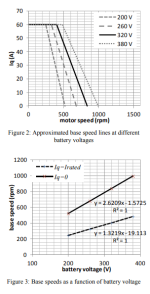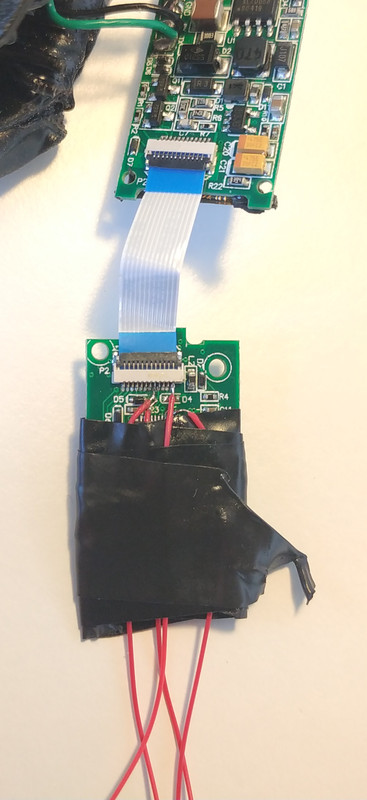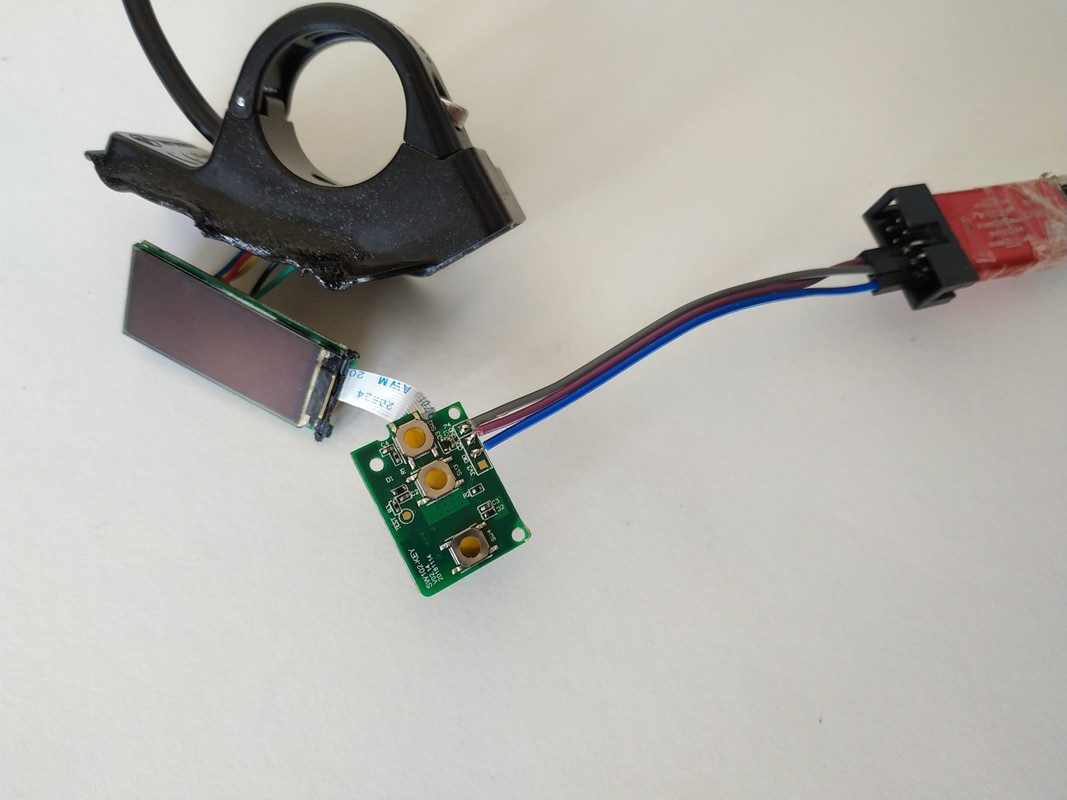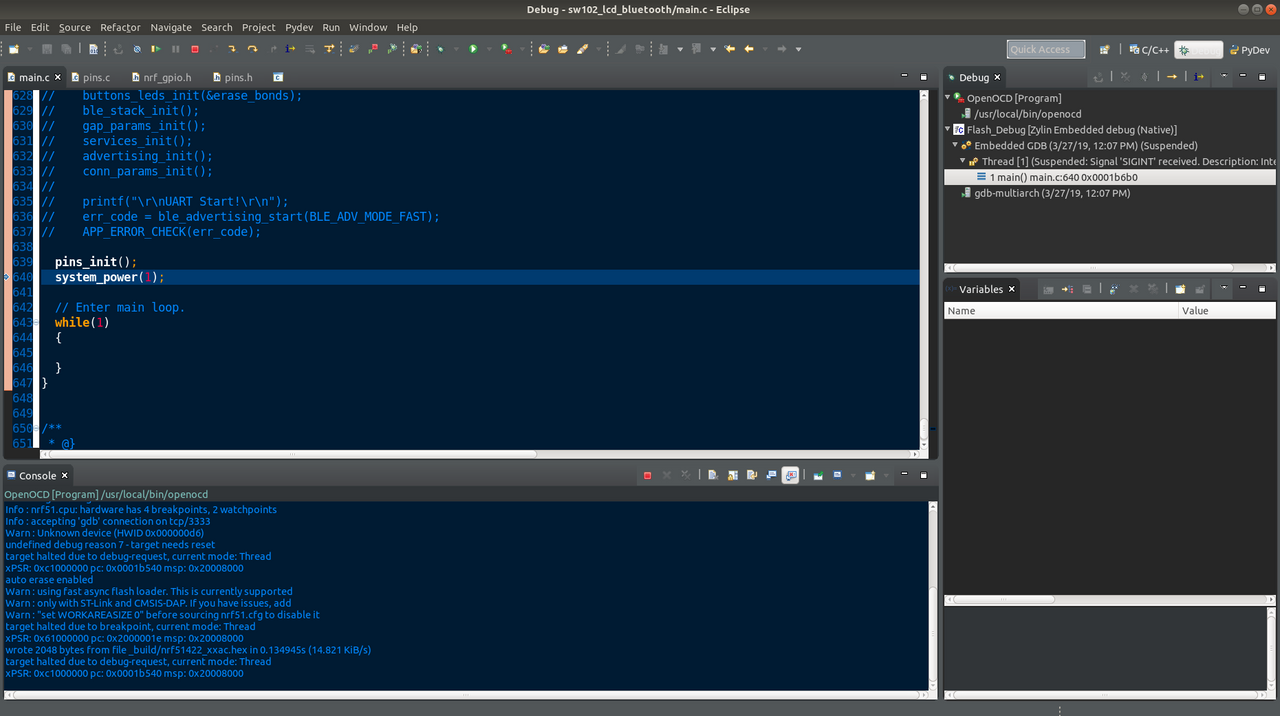casainho said:850C LCD
I am happy, although I did burn a 850C LCD and an USB port of my computer. I was blocked on this firmware because I was missing communication packages and the display data was hanging/blocking but now it is now more. I had to rewrite a lot of things to get it working. There is still more parts to optimize but the LCD do not blocks anymore which means it is usable at least for me.
Great news! A lot of people are looking forward to this display. You always persevere Casainho!








